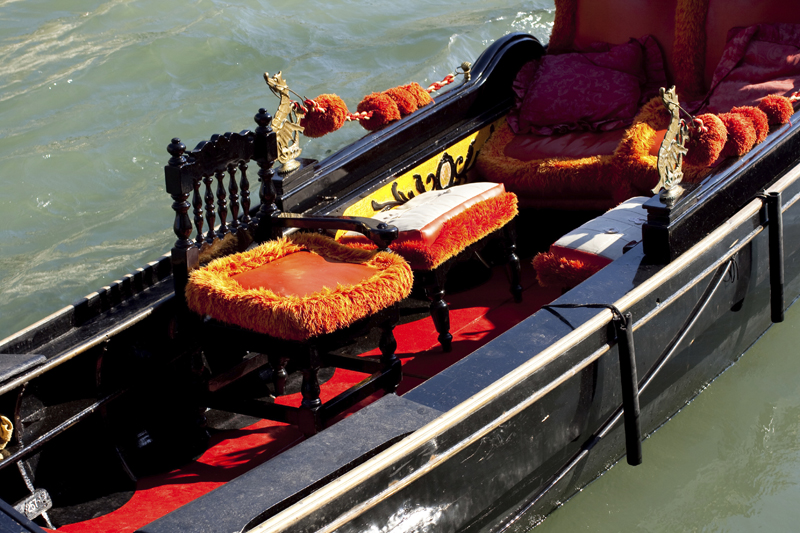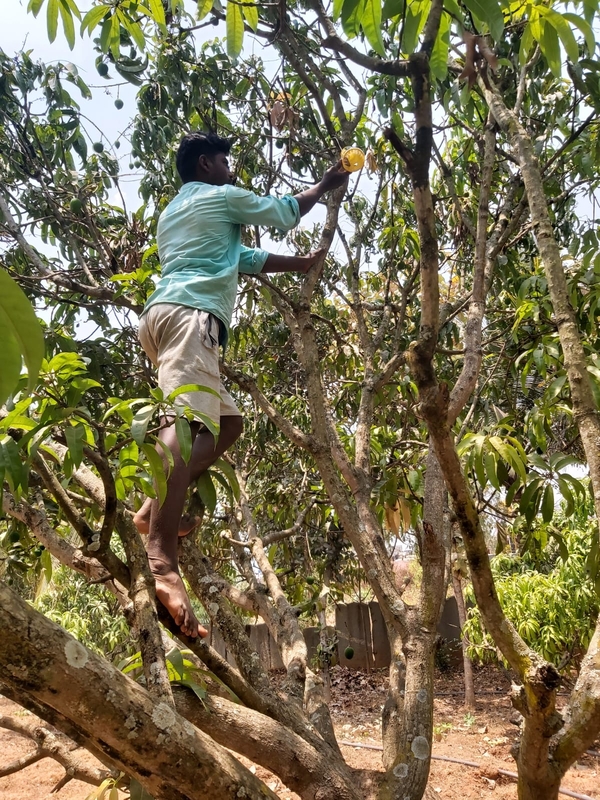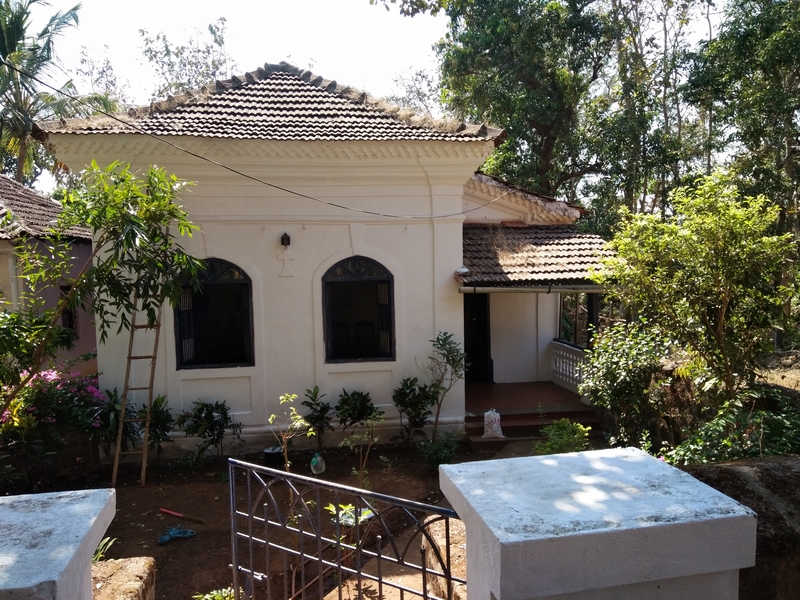Lonesome George in Galapagos

The Galapagos archipelago apparently has got its name from the famous giant tortoises found there. Because, 'Galapago' means tortoise in Spanish and the word may have originated from the Spanish word for saddle. which refers to the distinctive saddle-like shell of some of the tortoises. Can you imagine their size, but a Galapagos giant tortoise can weigh up to 250 kg and live for more than 100 years!
As legend has it, in the 1600s, buccaneers and pirates started to use Galapagos as a base, restocking on water and repairing their boats before setting off to attack the Spanish colonies on the South American mainland. The main attraction of the islands, however, were the giant tortoises which were collected and stored live on board ship. As they could survive for several months without food or water, they provided invaluable fresh meat. The poor creatures have been relentlessly hunted right up to the beginning of the last century for their meat.
Today, there are about 15,000 tortoises left altogether. And everyone knows and comes to see Lonesome George. He’s the last of his kind, the sole surviving member of his species, the only remaining Pinta Island Giant Tortoise. George is the one who gets on all the Galápagos calendars, t-shirts, post cards and coffee mugs. He’s the one with an enclosure for himself at the Charles Darwin Research Station.
The Galapagos are situated in the Pacific around 1,000 km from the South American coast, and these islands and the surrounding marine reserve have been called a unique 'living museum and showcase of evolution'. The islands are happily located at the confluence of three ocean currents, which make them a 'melting pot' of marine species. What makes them special are the unusual animal life such as the land iguana, the giant tortoise and the many species of finch that inspired Charles Darwin to formulate his theory of evolution following his visit in 1835.
Looking around one can see that the islands were formed by volcanic processes and were told that the western part of the archipelago experiences intense volcanic and seismic activity. Look out for the coral or shell sand beaches and also crater lakes, fumaroles, lava tubes, and sulphur fields. Walking through the weird lava tubes which have been formed by lava flows is an awesome experience.
People who enjoy nature at her pristine best come to the Galapagos islands. The endemic fauna which one can see includes invertebrate, reptile and bird species. . All the reptiles, except for two marine tortoises, are endemic. These include the Galápagos giant tortoise, with 11 subspecies on different islands, all of which are endangered. There are also terrestrial iguanas, marine iguanas, numerous varieties of lizards and geckos.
The native birds includes 57 residents, of which 26 are endemic and 31 are regular migrants. Endemic birds include 13 species of Darwin's finches, including the Floreana tree finch and mangrove finch. Other species of birds include the dark-rumped petrel, the Galápagos flightless cormorant, the Galápagos penguin, the Lava gull, the Floreana mockingbird, the Galápagos hawk, the Lava heron, the nocturnal swallow-tailed gull among others.
The native mammals found include six species which are the Galápagos fur seal, the Galápagos sea lion, two species of a Rice rat, the bat and a hoary bat. Marine fauna includes several species of sharks, rays and the Green turtle and hawks-bill turtle which are common in surrounding waters, with the turtles nesting on sandy beaches.
No wonder Darwin found the Galapagos akin to an Eden, and a visit to the Charles Darwin Research Station, will open our human minds, to be sensitive to the variety of flora and fauna, which have as much right to live on this planet as we do.
As legend has it, in the 1600s, buccaneers and pirates started to use Galapagos as a base, restocking on water and repairing their boats before setting off to attack the Spanish colonies on the South American mainland. The main attraction of the islands, however, were the giant tortoises which were collected and stored live on board ship. As they could survive for several months without food or water, they provided invaluable fresh meat. The poor creatures have been relentlessly hunted right up to the beginning of the last century for their meat.
Today, there are about 15,000 tortoises left altogether. And everyone knows and comes to see Lonesome George. He’s the last of his kind, the sole surviving member of his species, the only remaining Pinta Island Giant Tortoise. George is the one who gets on all the Galápagos calendars, t-shirts, post cards and coffee mugs. He’s the one with an enclosure for himself at the Charles Darwin Research Station.
The Galapagos are situated in the Pacific around 1,000 km from the South American coast, and these islands and the surrounding marine reserve have been called a unique 'living museum and showcase of evolution'. The islands are happily located at the confluence of three ocean currents, which make them a 'melting pot' of marine species. What makes them special are the unusual animal life such as the land iguana, the giant tortoise and the many species of finch that inspired Charles Darwin to formulate his theory of evolution following his visit in 1835.
Looking around one can see that the islands were formed by volcanic processes and were told that the western part of the archipelago experiences intense volcanic and seismic activity. Look out for the coral or shell sand beaches and also crater lakes, fumaroles, lava tubes, and sulphur fields. Walking through the weird lava tubes which have been formed by lava flows is an awesome experience.
People who enjoy nature at her pristine best come to the Galapagos islands. The endemic fauna which one can see includes invertebrate, reptile and bird species. . All the reptiles, except for two marine tortoises, are endemic. These include the Galápagos giant tortoise, with 11 subspecies on different islands, all of which are endangered. There are also terrestrial iguanas, marine iguanas, numerous varieties of lizards and geckos.
The native birds includes 57 residents, of which 26 are endemic and 31 are regular migrants. Endemic birds include 13 species of Darwin's finches, including the Floreana tree finch and mangrove finch. Other species of birds include the dark-rumped petrel, the Galápagos flightless cormorant, the Galápagos penguin, the Lava gull, the Floreana mockingbird, the Galápagos hawk, the Lava heron, the nocturnal swallow-tailed gull among others.
The native mammals found include six species which are the Galápagos fur seal, the Galápagos sea lion, two species of a Rice rat, the bat and a hoary bat. Marine fauna includes several species of sharks, rays and the Green turtle and hawks-bill turtle which are common in surrounding waters, with the turtles nesting on sandy beaches.
No wonder Darwin found the Galapagos akin to an Eden, and a visit to the Charles Darwin Research Station, will open our human minds, to be sensitive to the variety of flora and fauna, which have as much right to live on this planet as we do.

Related Articles
Editor's Picks Articles
Top Ten Articles
Previous Features
Site Map
Content copyright © 2023 by Marianne de Nazareth. All rights reserved.
This content was written by Marianne de Nazareth. If you wish to use this content in any manner, you need written permission. Contact Marianne de Nazareth for details.





 -resizeimage.jpg.jpg)

